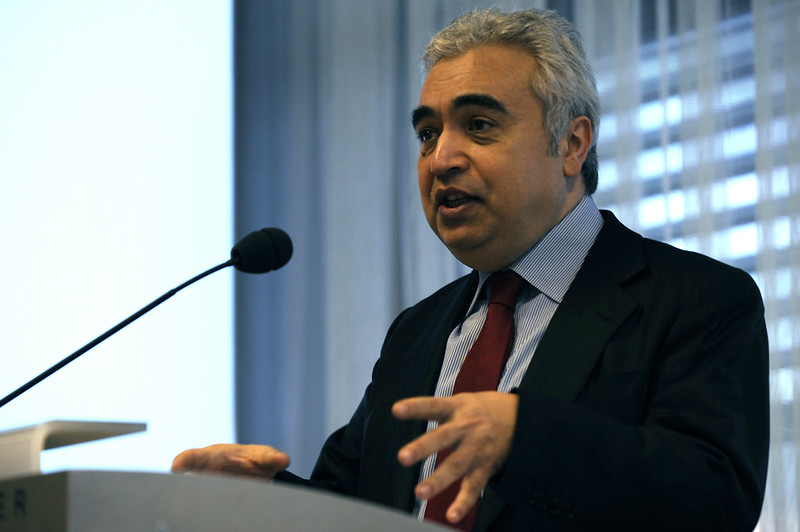The International Energy Agency (IEA) today published the latest edition of its annual World Energy Outlook report. The report finds that global progress toward clean energy is still too slow when measured against rising global average temperatures.
The report finds that based on currently stated policies, demand for all fossil fuels will begin to flatten in the 2030s and start to fall slightly by the 2050s. But this would still see the rise in global average temperatures surpass the 1.5 degrees Celsius mark around 2030 and hit 2.6 degrees by 2100.
With the next COP conference coming to Glasgow, Scotland, in a couple of weeks, the report aims to highlight “the need for an unmistakeable signal of ambition and action from governments in Glasgow.” The report finds that even if all pledges announced by governments are implemented in full, global oil consumption would still be more than 75 million barrels a day by 2050.
“The world’s hugely encouraging clean energy momentum is running up against the stubborn incumbency of fossil fuels in our energy systems,” said Fatih Birol, IEA Executive Director. “Governments need to resolve this at COP26 by giving a clear and unmistakeable signal that they are committed to rapidly scaling up the clean and resilient technologies of the future. The social and economic benefits of accelerating clean energy transitions are huge, and the costs of inaction are immense.”
In the report’s ‘Net zero emissions by 2050’ scenario, oil demand falls to 25 million barrels per day by 2050. This year marks the first time that all of the World Energy Outlook’s scenarios see demand for oil falling by 2050, from its current level of around 100 million barrels per day.
Popular content
Increased investment
The report identifies four main areas as key to the solution here, firstly a massive push for electrification, and for clean energy to supply that electricity. And this should come alongside focus on energy efficiency, preventing leaks from ongoing fossil fuel operations, and a boost to clean energy innovation.
Key to all of these will be increased investments in the energy transition, which IEA estimates need to hit $4 trillion annually before 2030. “There is a looming risk of more turbulence for global energy markets,” Birol said. “We are not investing enough to meet for future energy needs, and the uncertainties are setting the stage for a volatile period ahead. The way to address this mismatch is clear – a major boost in clean energy investment, across all technologies and all markets. But this needs to happen quickly.”
These investments would create a market for key renewable energy technologies – wind turbines, solar panels, lithium-ion batteries, electrolysers and fuel cells, worth well over $1 trillion a year by 2050, comparable to the size of today’s oil market, according to IEA.
This content is protected by copyright and may not be reused. If you want to cooperate with us and would like to reuse some of our content, please contact: editors@pv-magazine.com.



By submitting this form you agree to pv magazine using your data for the purposes of publishing your comment.
Your personal data will only be disclosed or otherwise transmitted to third parties for the purposes of spam filtering or if this is necessary for technical maintenance of the website. Any other transfer to third parties will not take place unless this is justified on the basis of applicable data protection regulations or if pv magazine is legally obliged to do so.
You may revoke this consent at any time with effect for the future, in which case your personal data will be deleted immediately. Otherwise, your data will be deleted if pv magazine has processed your request or the purpose of data storage is fulfilled.
Further information on data privacy can be found in our Data Protection Policy.